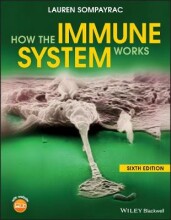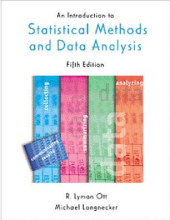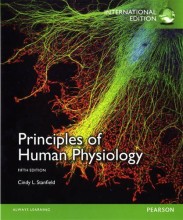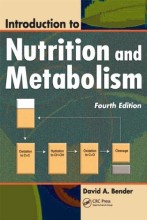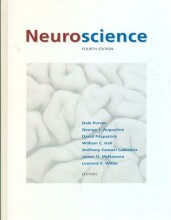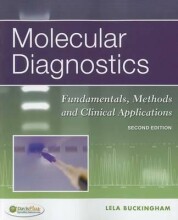Try our study magic for free
Summary: An Introduction To Genetic Analysis | 9781319114770 | Anthony J F Griffiths, et al
- This + 400k other summaries
- A unique study and practice tool
- Never study anything twice again
- Get the grades you hope for
- 100% sure, 100% understanding
Remember faster, study better. Scientifically proven.
a PDF, study it super fast
- No sign up, email or credit card needed!
- AI makes unlimited flashcards
- Get unlimited quizzes and tests
- Ask AI anything
Create a notebook
- No sign up, email or credit card needed!
- Have and keep perfect overview
- Make flashcards, notes and mind maps
- Review, test and score!
Read the summary and the most important questions on An Introduction to Genetic Analysis | 9781319114770 | Anthony J.F. Griffiths; John Doebley; Catherine Peichel
-
1 The Genetics Revolution
This is a preview. There are 25 more flashcards available for chapter 1
Show more cards here -
Inheritance theory where Mendel’s genes are located on chromosomes
Chromosome theory -
A section of RNA (three nucleotides in length) that encodes a single amino acid.
Codon -
Protein that can make a copy of a single DNA strand by synthesizing a matching strand with the complementary sequence of A’s, C’s, G’s, and T’s.
DNApolymerase -
The phenotype shown by a heterozygote.
Dominant -
The process of synthesizing two identical copies of a DNA molecule from one original copy
DNA replication -
Protein that can join two DNA molecules together end-to-end.
Ligase -
A species used in experimental biology with the presumption that what is learned from the analysis of that species will hold true for other species, especially other closely related species.
Model organism -
Protein that can cut DNA molecules in specific locations or degrade an entire DNA molecule into single nucleotides.
Nuclease -
A mutation that alters a single base position in a DNA molecule by converting it to a different base or by the insert/deletion of a single base in a DNA molecule.
Point mutation -
The directed modification of a genome by the external application of DNA from a cell of different genotype.
Transformation
Read the full summary
This summary +380.000 other summaries A unique study tool A rehearsal system for this summary Studycoaching with videos
- Higher grades + faster learning
- Never study anything twice
- 100% sure, 100% understanding
Topics related to Summary: An Introduction To Genetic Analysis
-
The Genetics Revolution - The birth of genes - mendel rediscovered
-
The Genetics Revolution - After cracking the code - Tools for genetic analysis
-
Single-gene inheritance - Single-gene inheritance patterns
-
Single-gene inheritance - The chromosomal basis of single-gene inheritance patterns - Single-gene inheritance in diploids
-
Single-gene inheritance - The chromosomal basis of single-gene inheritance patterns - Single-gene inheritance in haploids
-
Single-gene inheritance - The molecular basis of mendelian iheritance patterns
-
Single-gene inheritance - Some genes discovered by observing segregation ratios
-
Single-gene inheritance - Sex-lined single-gene inheritance patterns - Sex chromosomes
-
Single-gene inheritance - Sex-lined single-gene inheritance patterns - Sex-linked patterns of inheritance
-
Single-gene inheritance - Human pedigree analysis
-
Independent assortment of genes
-
Mapping eakaryote chromosomes by recombination
-
Gene interactions
-
RNA: Transcription, processing, and decay
-
Gene isolation and manipulation
-
Regulation of gene expression in eukaryotes - Transcriptional regulation in eukaryotes: an overview
-
Regulation of gene expression in eukaryotes - Lessons from yeast: the GAL system
-
Regulation of gene expression in eukaryotes - Dynamic chromatine
-
Genomes and genomics - The genomics revolution
-
Genomes and genomics - Obtaining the sequence of a genome
-
Large-scale chromosomal changes
-
Population genetics
-
The inheritance of complex traits



















